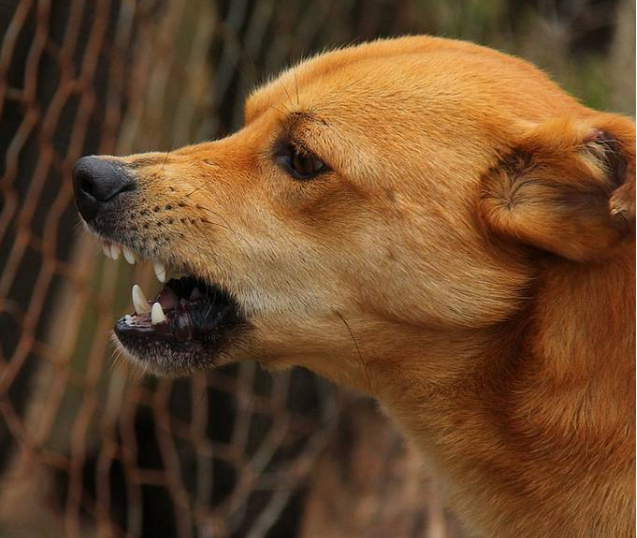Category: blog
 Why We Misread Dog Emotions—And How to Get Better at Reading Them
Why We Misread Dog Emotions—And How to Get Better at Reading Them

Most people believe they can tell how a dog is feeling just by looking. But research shows we’re far less accurate than we think. In fact, humans commonly confuse signs of fear or stress with happiness or excitement—a misunderstanding that can lead to inappropriate interactions or even dog bites.

In summary, the research says, we’re not very good at reading dog emotions:
-
People misread dog emotions more often than expected
-
Facial expressions are frequently overemphasized
-
Even dog owners were no more accurate than non-owners
-
People with professional dog experience (like trainers or vets) had significantly better accuracy
- A couple of cited studies:
Human Perception of Fear in Dogs Varies According to Experience with Dogs
Humans are bad at reading dogs’ emotions – but we can learn to do better

We tend to project human-like emotional signals onto dogs—especially in the face. But canine facial expressions don’t carry the same emotional detail as ours.
Dogs rely heavily on body language, including:
-
Tail carriage and movement
-
Body posture (loose vs. stiff)
-
Ear position and motion
-
Lip licking or yawning
-
Turning away or avoiding eye contact
A wagging tail doesn’t always mean a happy dog. Look at the speed, height, and tension of the wag.

It’s not just instinct. People with hands-on experience—trainers, behaviorists, veterinarians—outperform casual dog owners in emotion recognition. This means that learning to read dogs accurately is a skill, not something we’re born with.

Just review the known signals dogs give us and then spend some time observing dogs:
-
Focus on full-body cues—not just the face
-
Look for clusters of behavior (e.g. stiff body + tucked tail + whale eye)
-
Pause before petting and ask for consent (watch for leaning in or backing away)
-
Watch the context—what just happened before the change in behavior?
-
Practice observation in low-stress settings before testing yourself in busy or dog-dense environments
Review the Stress Escalation Ladder by Turid Rugaas. If we apply the contents of this document to the picture in this post, we can see that this Husky is in the FOCUS stage; he is no longer displaying the lower-level conflict behaviors, has a closed mouth and is in a freeze. This dog ends up scaring this kid with an air snap. He was lucky.
Review the Dog Fear Posture Poster by Dr. Sophia Yin DVM MS. The dog in our post is not showing any signs of fear. What you do see in this poster is a dog that looks similar to the dogs in Internet videos whose owners believe they look guilty for naughty behavior when in reality those dogs are displaying fear in reaction to the owner’s tone of voice.
 What Is Superstitious Learning in Dogs?
What Is Superstitious Learning in Dogs?
